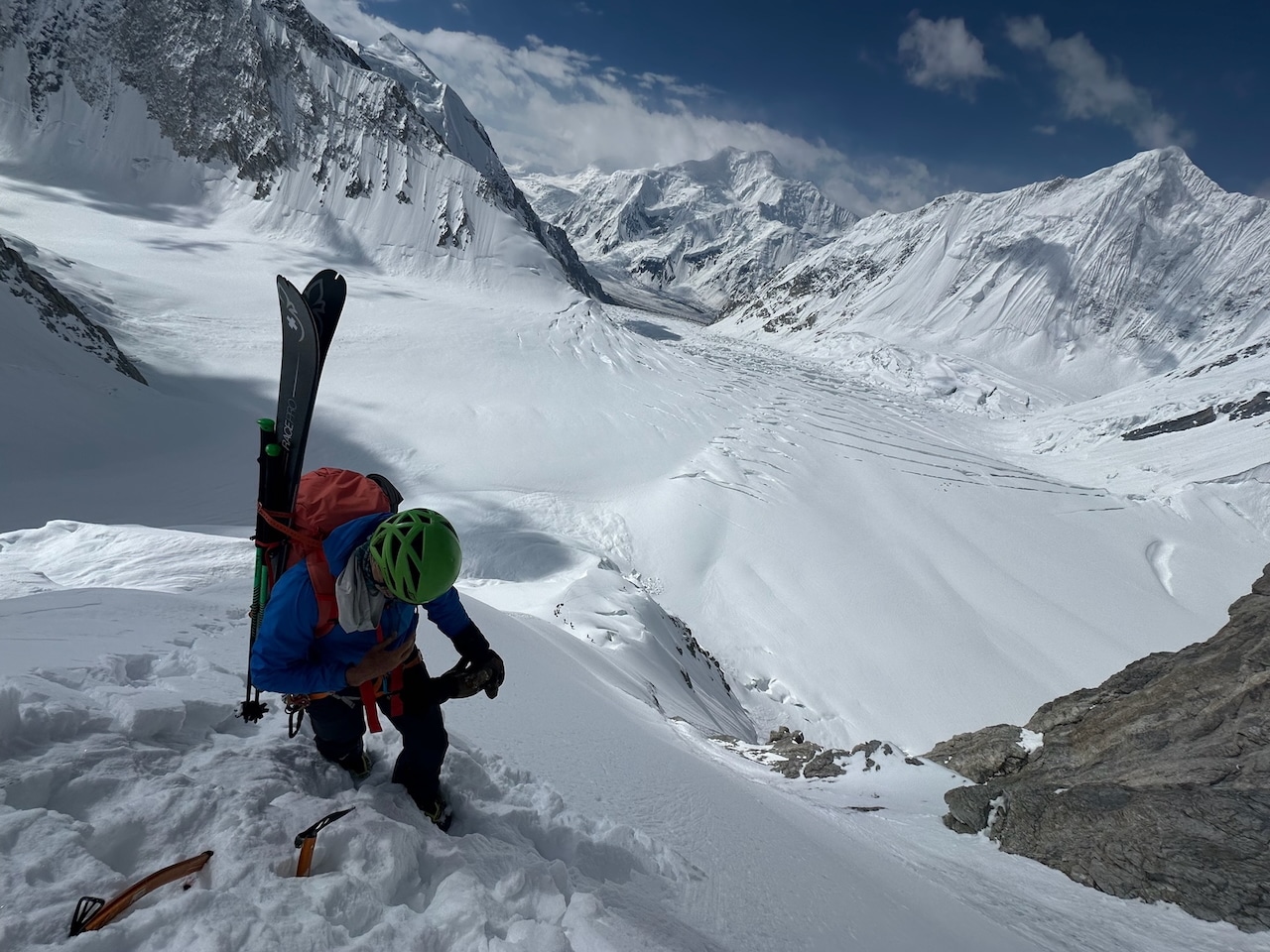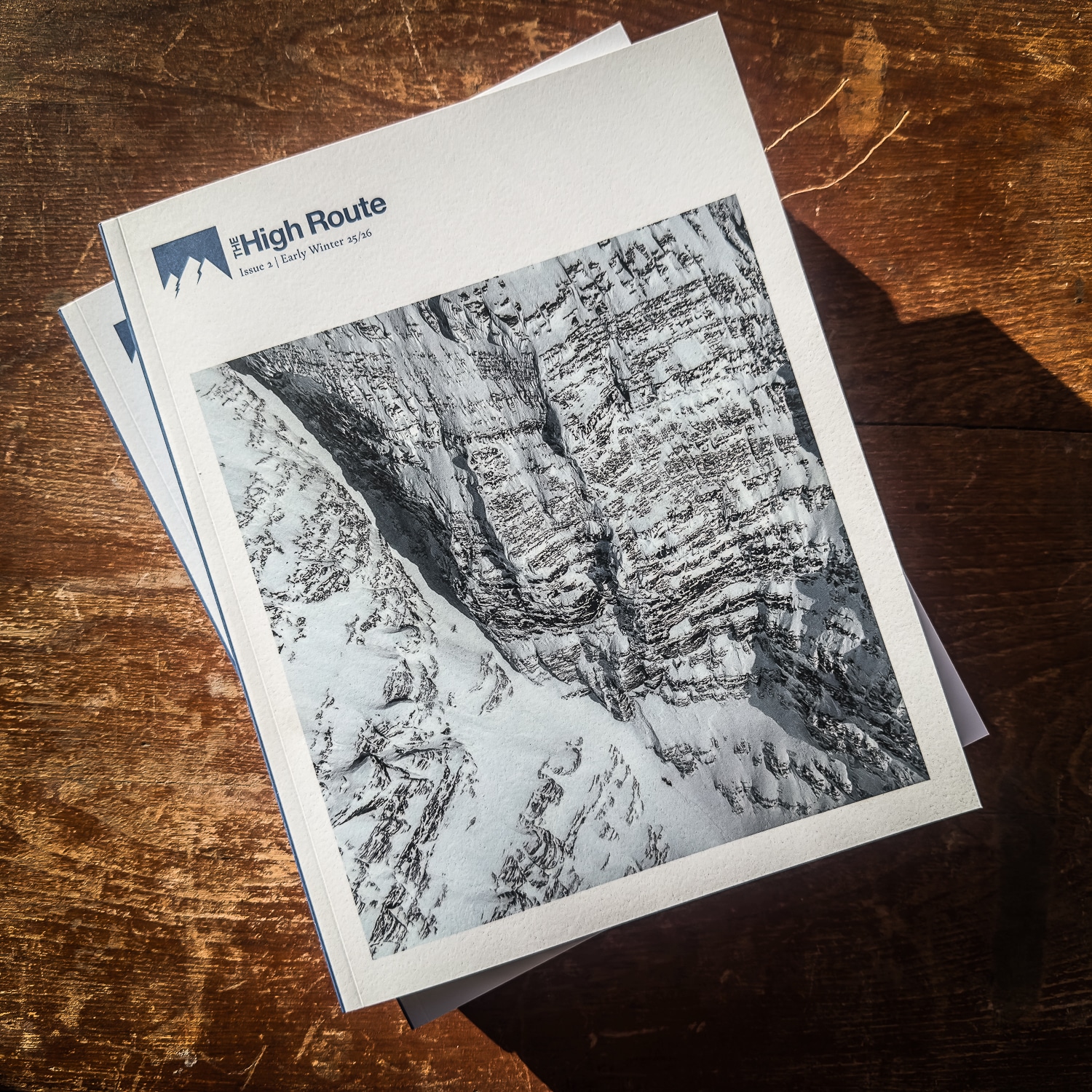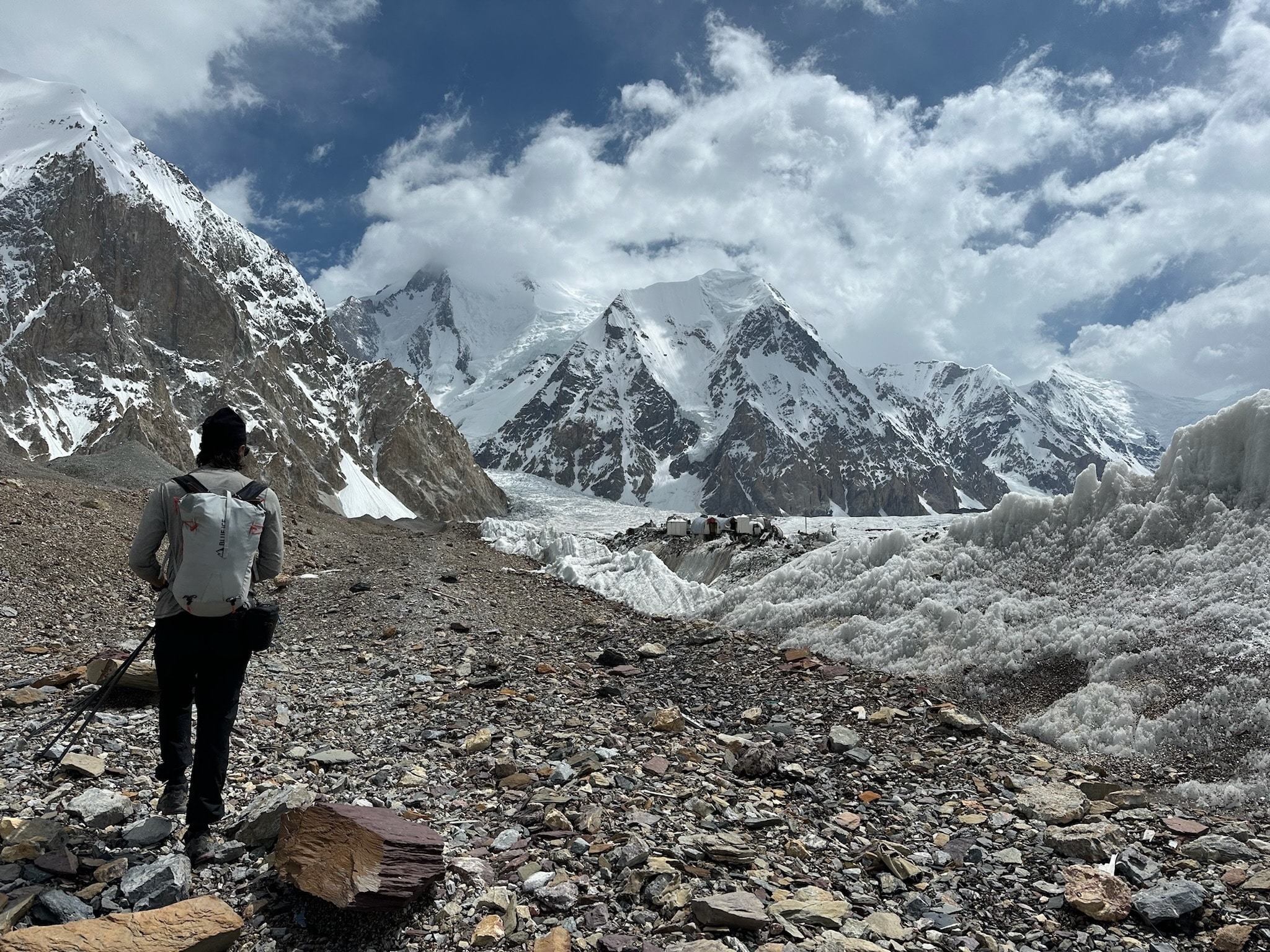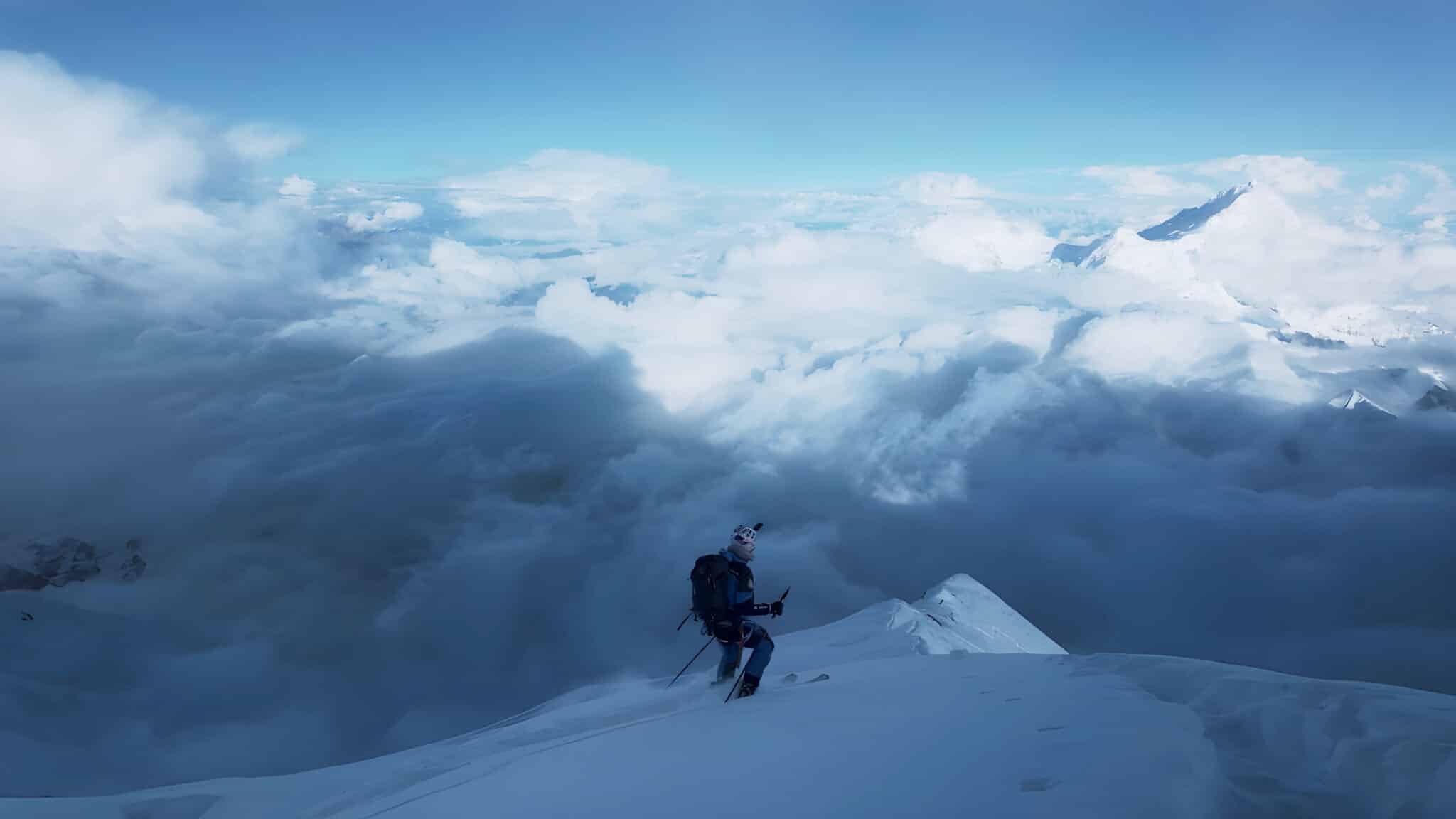We’re here for a film review. Over the weekend, I watched Painting The Mountains a few times. The film, for those new to it, in part, documents Aurel Lardy, Vivian Bruchez, and Jules Socié and their second descent of the Whillans-Cochrane Ramp on Aguja Poincenot in 2023.
For readers of The High Route who come for the ski mountaineering, I think you’ll find this film rewarding. The skiing is very steep and exposed. The Patagonian backdrop plays a main character that many will find inspiring and unsettling.
Matthew Tufts is the primary photographer who takes us along for the ride. Tufts is also the film’s narrator, and through his eyes and camera lens, we get to follow along on a rather intimate ski mountaineering journey. The journey is well worth it.
I had heard a bit about the film. A friend had gone to an opening in Chamonix last fall. I recall him explaining he was a bit perplexed that the film, in many ways, highlights Tufts’ thoughts throughout. I knew that with such renowned skiers as the French trio noted up top, there would be plenty of highwire skiing with ropes, axes, and crampons to make it all seem more real. This, it turns out, is true. And yes, in some ways, the film is about Tufts, too. But rather than thinking I wanted less of the journalist Tufts, and more skiing, I wanted to know more about Tufts and his process.
I appreciate a curious mind and someone who puts others before the lens to tell their story. Painting The Mountains, the title of this excellent film, is a direct reference to Tufts, using words and photos to describe his and others’ mountain adventures over the years. Like any artist in the mountains, Tufts uses his preferred medium to paint a scene that may or may not, in some cases, resonate with audiences. My take here is that Tufts’ work resonates. It is not self-indulgent.






Leave a Reply
You must be logged in to post a comment.